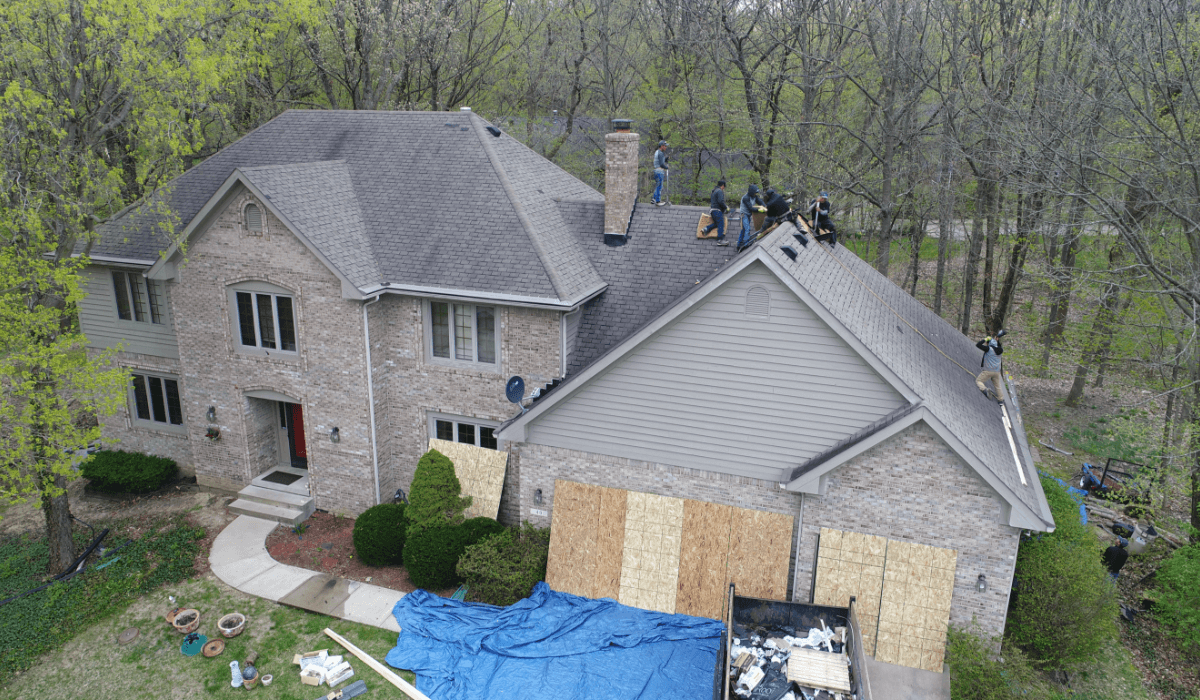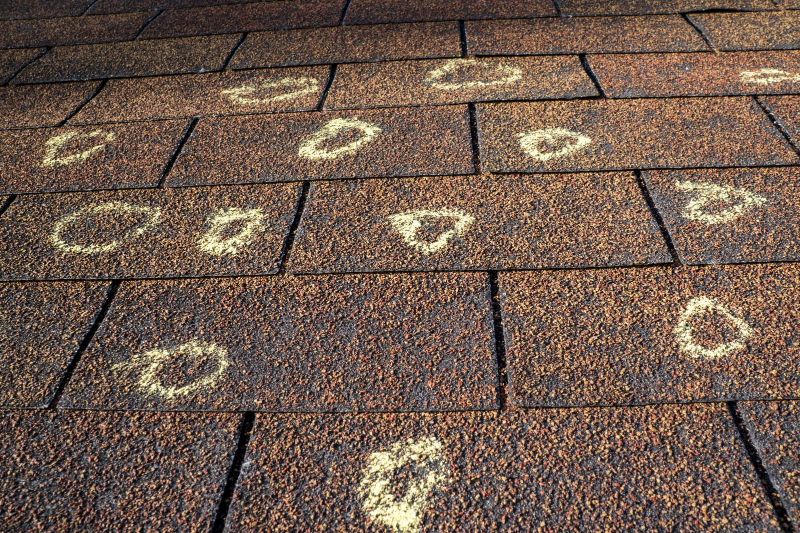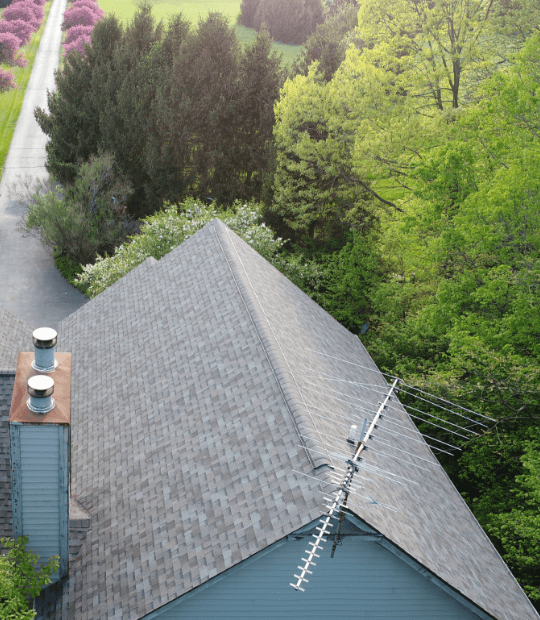When nature unleashes its fury in the form of storms, one of the most vulnerable parts of your home is the roof. Whether it's fierce winds, pounding hail, or relentless rain, storms can cause severe damage to your roof, compromising its integrity and leaving your home susceptible to further issues. In this comprehensive guide, we will delve into the importance of storm inspections, how to identify roof damage, and the steps to take for effective roof restoration.
The Significance of Storm Inspections
Storm inspections are a crucial aspect of proactive home maintenance, especially for the often-overlooked roof. After a severe storm, your roof may have endured significant stress, potentially resulting in hidden damage. While some issues may be visible, others can lurk beneath the surface, gradually worsening over time.
Conducting a thorough storm inspection allows homeowners to assess the condition of their roofs, identify any existing damage, and address issues promptly. It serves as a preventive measure against potential leaks, structural deterioration, and even more severe problems that could compromise the safety and value of your home.
Identifying Roof Damage After a Storm
Recognizing roof damage can be challenging, particularly for the untrained eye. Here are some key signs that may indicate your roof has suffered storm-related damage:
- Missing or Damaged Shingles: High winds can lift or dislodge shingles, exposing the underlying structure to the elements.
- Dented or Cracked Roofing Materials: Hail can cause significant damage to roofing materials, leading to dents, cracks, or even punctures.
- Water Stains on Ceilings: Leaks resulting from storm damage may manifest as water stains on your ceilings, indicating compromised roofing.
- Granule Loss: After a storm, check your gutters for an excessive amount of granules, as this may signal deteriorating shingles.
- Sagging or Uneven Areas: Storms can weaken the structural integrity of the roof, leading to sagging or uneven sections.
Steps for Effective Roof Restoration
- Safety First: Before inspecting your roof, prioritize safety. If there is any doubt about stability or the extent of damage, it's best to consult professionals.
- Thorough Inspection: Examine your roof meticulously, paying attention to all potential trouble spots. If you're uncomfortable doing this yourself, consider hiring a professional roofing inspector.
- Documentation: Take photographs of any visible damage. These images can be valuable when dealing with insurance claims or seeking professional assistance.
- Address Immediate Concerns: If you identify any leaks or visible damage, take immediate action to mitigate further harm. Place buckets under leaks and consider using tarps to cover exposed areas.
- Consult Professionals: Engage with experienced roofing professionals to conduct a more in-depth assessment. Their expertise can uncover hidden issues that may not be apparent during a DIY inspection.
- Insurance Claims: If significant damage is present, contact your insurance provider promptly. Provide documentation and work closely with them throughout the claims process.
- Prompt Repairs: Once your insurance claim is settled, schedule repairs promptly. Delaying repairs can exacerbate the damage and lead to more extensive and costly issues.
The Role of Professional Roofing Contractors
Professional roofing contractors play a pivotal role in the post-storm recovery process. Their expertise enables them to conduct comprehensive inspections, identify hidden damage, and provide tailored solutions for effective roof restoration. When selecting a roofing contractor, consider factors such as experience, reputation, and licensing to ensure you receive quality service.
In addition to repairs, roofing professionals can offer preventive measures to fortify your roof against future storms. This may include upgrading roofing materials, reinforcing weak areas, or recommending additional protective measures to enhance the resilience of your home's first line of defense.
Understanding storm inspections and recognizing roof damage are essential aspects of responsible homeownership. Proactive measures, such as regular inspections and prompt repairs, can safeguard your home against the aftermath of severe weather. Whether you choose to conduct a DIY inspection or enlist the expertise of roofing professionals, taking swift action after a storm ensures that your roof remains resilient and continues to provide the protection your home deserves.



